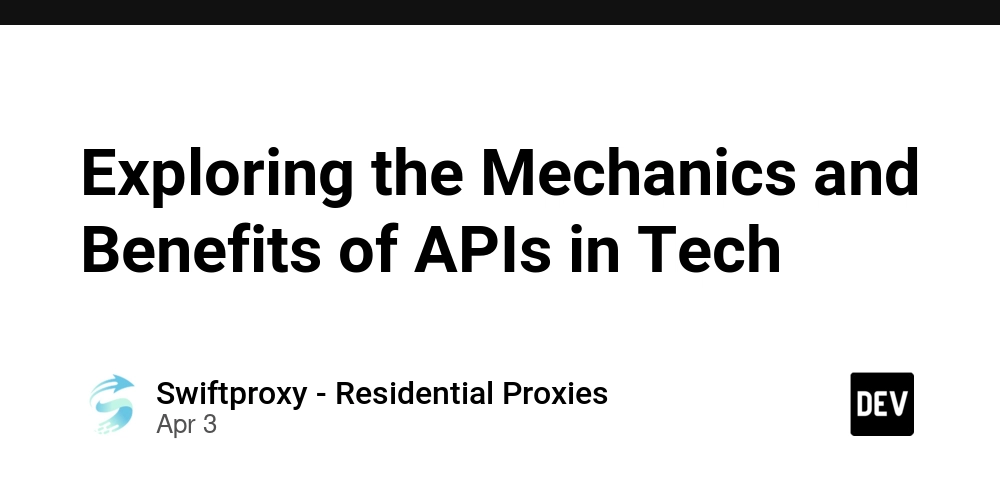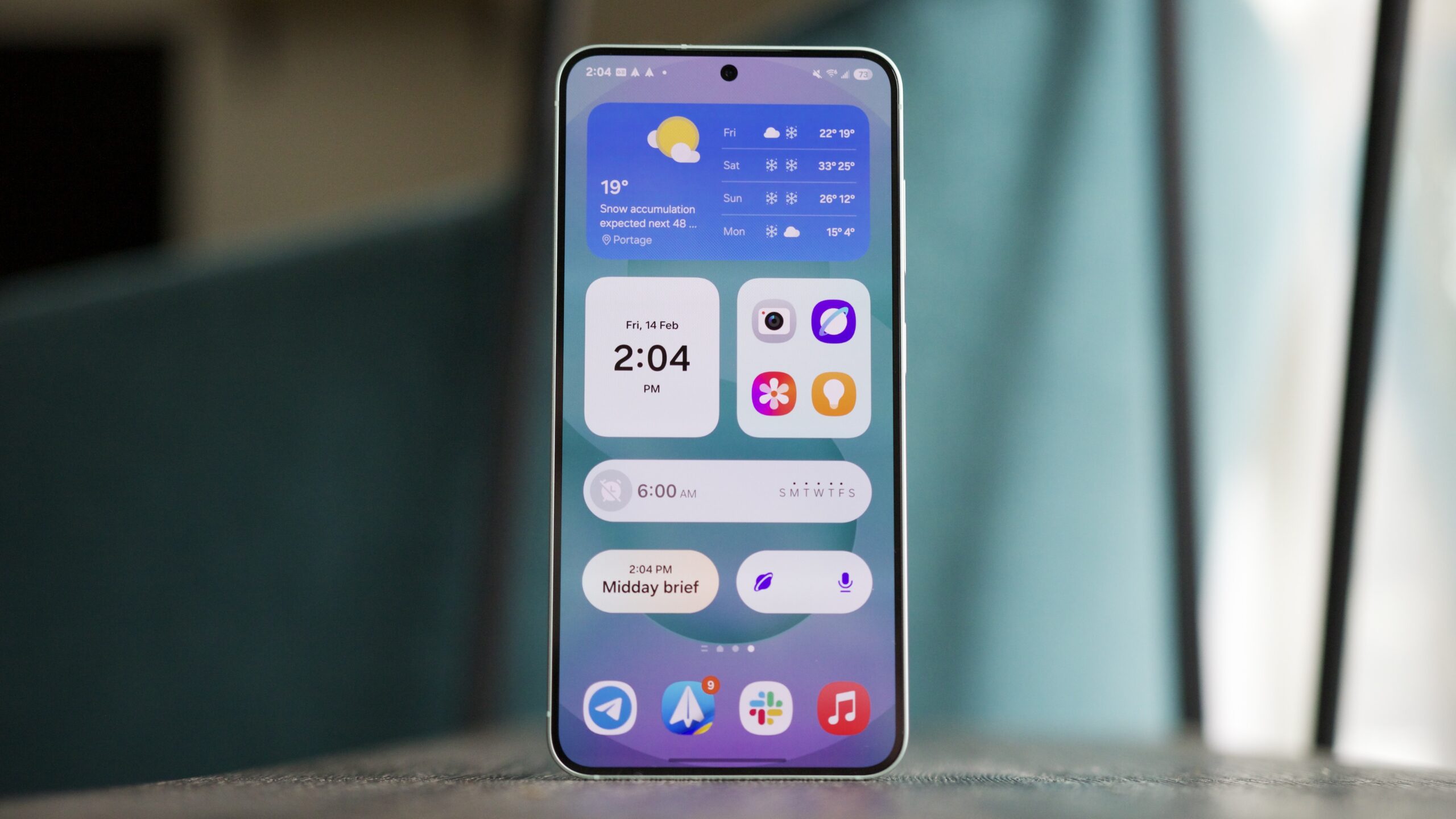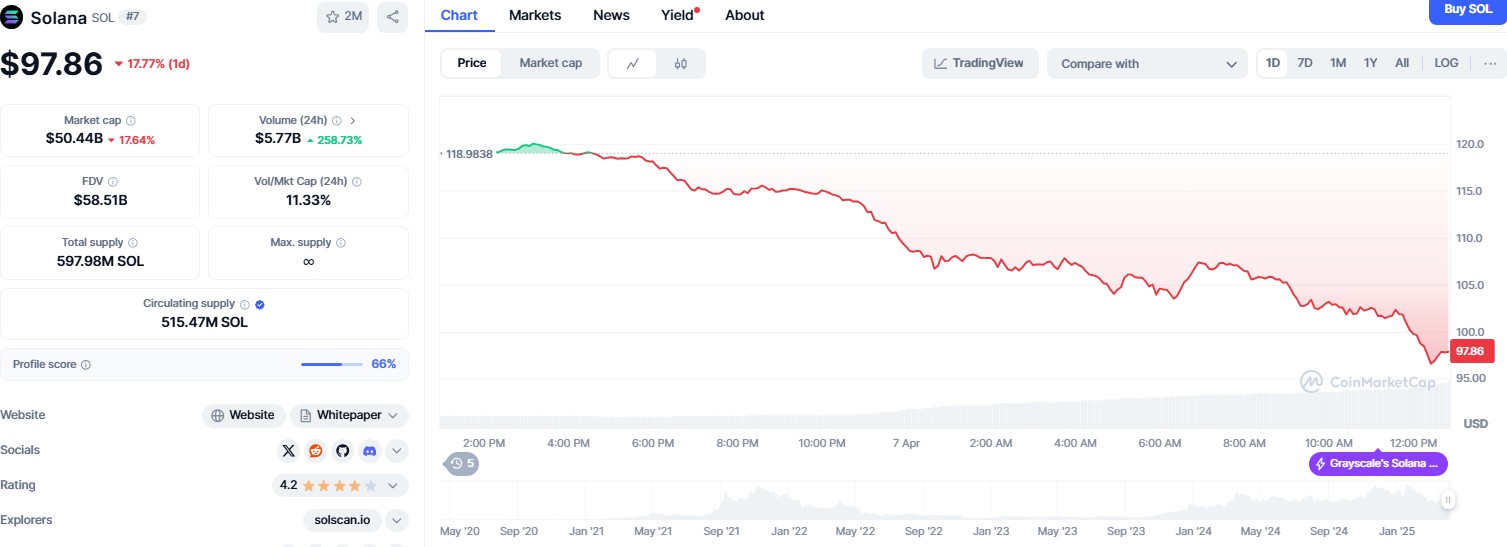Exploring the Mechanics and Benefits of APIs in Tech
APIs are the secret sauce behind some of the most seamless digital experiences we rely on daily. Want a quick ride from one app to another? It’s the API doing the heavy lifting. Need to integrate music into your fitness app? Yep, an API can handle that too. These tools might be invisible to the end user, but they are the invisible hands that make modern tech run smoothly. Let’s break down what APIs are, how they work, and why they’re essential for businesses today. API Explained An API (Application Programming Interface) is a bridge—connecting different software systems and letting them talk to each other. Think of it as the middleman. It takes your request, sends it to the relevant service, and brings the answer back. APIs make it possible for different applications to share data and functionality, all without the end user having to lift a finger. Imagine you run a fitness app and decide your users should be able to stream music while working out. Instead of building your own music service from scratch, which would take a significant amount of time, you integrate an API from an existing music platform like Spotify. The API handles the communication between your app and Spotify, delivering the playlist your users requested while saving time and resources. The Inner Workings of APIs The process is straightforward: one system sends a request to another, asking for data or service. The API acts as the access point, or endpoint, for the server. To ensure security, it often requires an API key—an authentication code that verifies the requestor’s identity. The beauty of APIs is in how they reduce friction. Developers no longer have to reinvent the wheel every time they need a new feature. Instead, they can focus on what matters most: building new, exciting experiences for users. API Architecture: Building the Right Foundation Just like you wouldn’t build a house without a solid blueprint, you can’t build a scalable system without proper API architecture. API architecture defines how data flows between systems and ensures that everything works together efficiently. A well-designed architecture allows businesses to build flexible, reusable ecosystems, which is a key advantage for businesses adopting microservices. With the right API architecture, your systems can evolve and scale without major disruptions. Popular API Architectures There are several types of API architectures, each catering to different needs. Let’s look at the heavy hitters: 1. REST (Representational State Transfer) REST is the go-to choice for many developers because it’s lightweight, flexible, and scalable. It works well for transferring data between a web server and clients (like browsers or apps). REST’s simplicity allows it to be used in a wide range of applications, from web services to mobile apps. 2. SOAP (Simple Object Access Protocol) SOAP is a more rigid, formal protocol. It’s widely used in enterprise-level applications, especially when security and reliability are critical. However, it’s also heavier and more complex to implement than REST. 3. RPS (Remote Procedure Call) RPS is used to execute processes on a remote server. While not as commonly used as REST or SOAP, it’s handy for internal systems that need to perform multiple actions simultaneously. 4. GraphQL Developed by Facebook, GraphQL lets users specify the exact data they need, speeding up data retrieval and enhancing efficiency. For applications that require fast, optimized data access, GraphQL is a powerful tool. The Different Types of APIs APIs come in all shapes and sizes. Here’s a rundown of the main types you’ll encounter: 1. Public APIs These are open for any developer to use. They make it easy to integrate third-party services and data into your app. While usually accessible via an API key, public APIs save developers time by providing ready-made solutions. 2. Partner APIs Partner APIs are offered to trusted partners in a business relationship. You might use them to integrate specific services into your app in exchange for added traffic or other benefits. Unlike public APIs, partner APIs are not available to everyone and usually require validation. 3. Private APIs These APIs are for internal use only. They help streamline operations and make systems more efficient within a company. If you’re building internal tools, you’ll likely rely on private APIs. 4. Composite APIs These APIs combine multiple requests into one call. This is particularly useful when you need data from different sources at once, helping to reduce the number of API calls and streamline performance. Can an API Enhance Security APIs can serve as a layer of protection for your data, but they don’t magically secure everything. When you expose your data via an API, you control what gets shared. For example, if a fitness app wants access to your music streaming service, you decide which parts of your app’s data are visible to them. Howe

APIs are the secret sauce behind some of the most seamless digital experiences we rely on daily. Want a quick ride from one app to another? It’s the API doing the heavy lifting. Need to integrate music into your fitness app? Yep, an API can handle that too. These tools might be invisible to the end user, but they are the invisible hands that make modern tech run smoothly. Let’s break down what APIs are, how they work, and why they’re essential for businesses today.
API Explained
An API (Application Programming Interface) is a bridge—connecting different software systems and letting them talk to each other. Think of it as the middleman. It takes your request, sends it to the relevant service, and brings the answer back. APIs make it possible for different applications to share data and functionality, all without the end user having to lift a finger.
Imagine you run a fitness app and decide your users should be able to stream music while working out. Instead of building your own music service from scratch, which would take a significant amount of time, you integrate an API from an existing music platform like Spotify. The API handles the communication between your app and Spotify, delivering the playlist your users requested while saving time and resources.
The Inner Workings of APIs
The process is straightforward: one system sends a request to another, asking for data or service. The API acts as the access point, or endpoint, for the server. To ensure security, it often requires an API key—an authentication code that verifies the requestor’s identity.
The beauty of APIs is in how they reduce friction. Developers no longer have to reinvent the wheel every time they need a new feature. Instead, they can focus on what matters most: building new, exciting experiences for users.
API Architecture: Building the Right Foundation
Just like you wouldn’t build a house without a solid blueprint, you can’t build a scalable system without proper API architecture. API architecture defines how data flows between systems and ensures that everything works together efficiently.
A well-designed architecture allows businesses to build flexible, reusable ecosystems, which is a key advantage for businesses adopting microservices. With the right API architecture, your systems can evolve and scale without major disruptions.
Popular API Architectures
There are several types of API architectures, each catering to different needs. Let’s look at the heavy hitters:
1. REST (Representational State Transfer)
REST is the go-to choice for many developers because it’s lightweight, flexible, and scalable. It works well for transferring data between a web server and clients (like browsers or apps). REST’s simplicity allows it to be used in a wide range of applications, from web services to mobile apps.
2. SOAP (Simple Object Access Protocol)
SOAP is a more rigid, formal protocol. It’s widely used in enterprise-level applications, especially when security and reliability are critical. However, it’s also heavier and more complex to implement than REST.
3. RPS (Remote Procedure Call)
RPS is used to execute processes on a remote server. While not as commonly used as REST or SOAP, it’s handy for internal systems that need to perform multiple actions simultaneously.
4. GraphQL
Developed by Facebook, GraphQL lets users specify the exact data they need, speeding up data retrieval and enhancing efficiency. For applications that require fast, optimized data access, GraphQL is a powerful tool.
The Different Types of APIs
APIs come in all shapes and sizes. Here’s a rundown of the main types you’ll encounter:
1. Public APIs
These are open for any developer to use. They make it easy to integrate third-party services and data into your app. While usually accessible via an API key, public APIs save developers time by providing ready-made solutions.
2. Partner APIs
Partner APIs are offered to trusted partners in a business relationship. You might use them to integrate specific services into your app in exchange for added traffic or other benefits. Unlike public APIs, partner APIs are not available to everyone and usually require validation.
3. Private APIs
These APIs are for internal use only. They help streamline operations and make systems more efficient within a company. If you’re building internal tools, you’ll likely rely on private APIs.
4. Composite APIs
These APIs combine multiple requests into one call. This is particularly useful when you need data from different sources at once, helping to reduce the number of API calls and streamline performance.
Can an API Enhance Security
APIs can serve as a layer of protection for your data, but they don’t magically secure everything. When you expose your data via an API, you control what gets shared. For example, if a fitness app wants access to your music streaming service, you decide which parts of your app’s data are visible to them.
However, it’s important to understand that APIs don’t inherently secure your data. Think of your server as a house. If you put in a window (the API), you’re letting people see inside—but that window isn’t a security system. To truly protect your data, you’ll need additional layers, such as encryption or strong authentication.
API Integration and How It Creates Connections
Public APIs are becoming increasingly accessible, which means integration is easier than ever. But don’t confuse “public” with “free.” Even though public APIs are open for developers, they often come with costs attached. That said, the ease of integration they offer can’t be overstated.
Wrapping It Up
APIs are more than just a tool—they’re a game-changer for businesses and developers alike. They save time, resources, and make it easier to innovate by allowing you to tap into existing technologies. If you’re not using APIs yet, it’s time to start. Whether you’re looking to integrate new features, enhance security, or streamline your operations, APIs offer a world of possibilities.









































































































































































![[The AI Show Episode 142]: ChatGPT’s New Image Generator, Studio Ghibli Craze and Backlash, Gemini 2.5, OpenAI Academy, 4o Updates, Vibe Marketing & xAI Acquires X](https://www.marketingaiinstitute.com/hubfs/ep%20142%20cover.png)































































































































![[DEALS] The Premium Learn to Code Certification Bundle (97% off) & Other Deals Up To 98% Off – Offers End Soon!](https://www.javacodegeeks.com/wp-content/uploads/2012/12/jcg-logo.jpg)

![From drop-out to software architect with Jason Lengstorf [Podcast #167]](https://cdn.hashnode.com/res/hashnode/image/upload/v1743796461357/f3d19cd7-e6f5-4d7c-8bfc-eb974bc8da68.png?#)
















































-(1).png?width=1920&height=1920&fit=bounds&quality=80&format=jpg&auto=webp#)
























































.png?#)

































_Christophe_Coat_Alamy.jpg?#)
.webp?#)
.webp?#)









































































































![Apple Considers Delaying Smart Home Hub Until 2026 [Gurman]](https://www.iclarified.com/images/news/96946/96946/96946-640.jpg)
![iPhone 17 Pro Won't Feature Two-Toned Back [Gurman]](https://www.iclarified.com/images/news/96944/96944/96944-640.jpg)
![Tariffs Threaten Apple's $999 iPhone Price Point in the U.S. [Gurman]](https://www.iclarified.com/images/news/96943/96943/96943-640.jpg)


































































































































